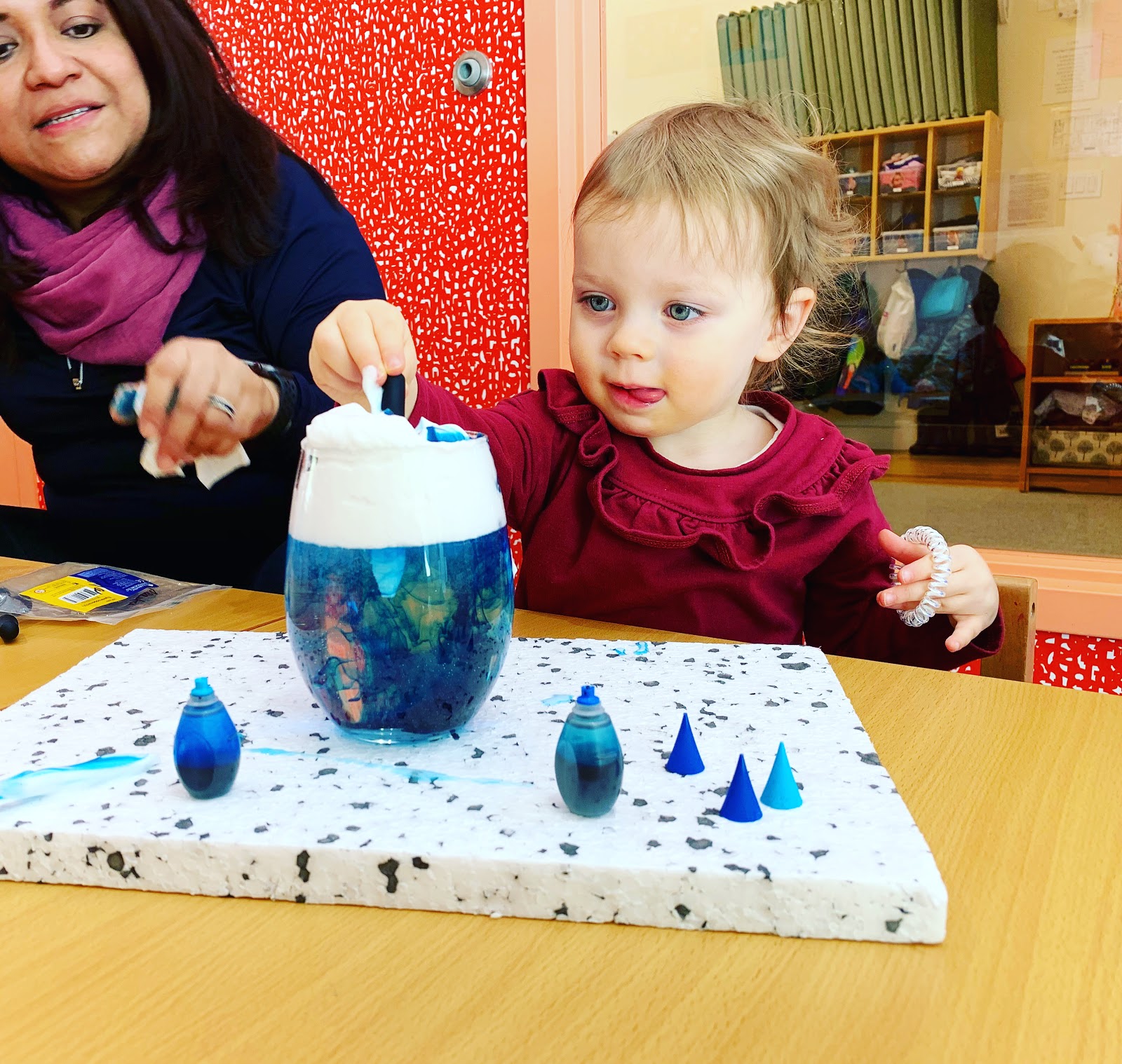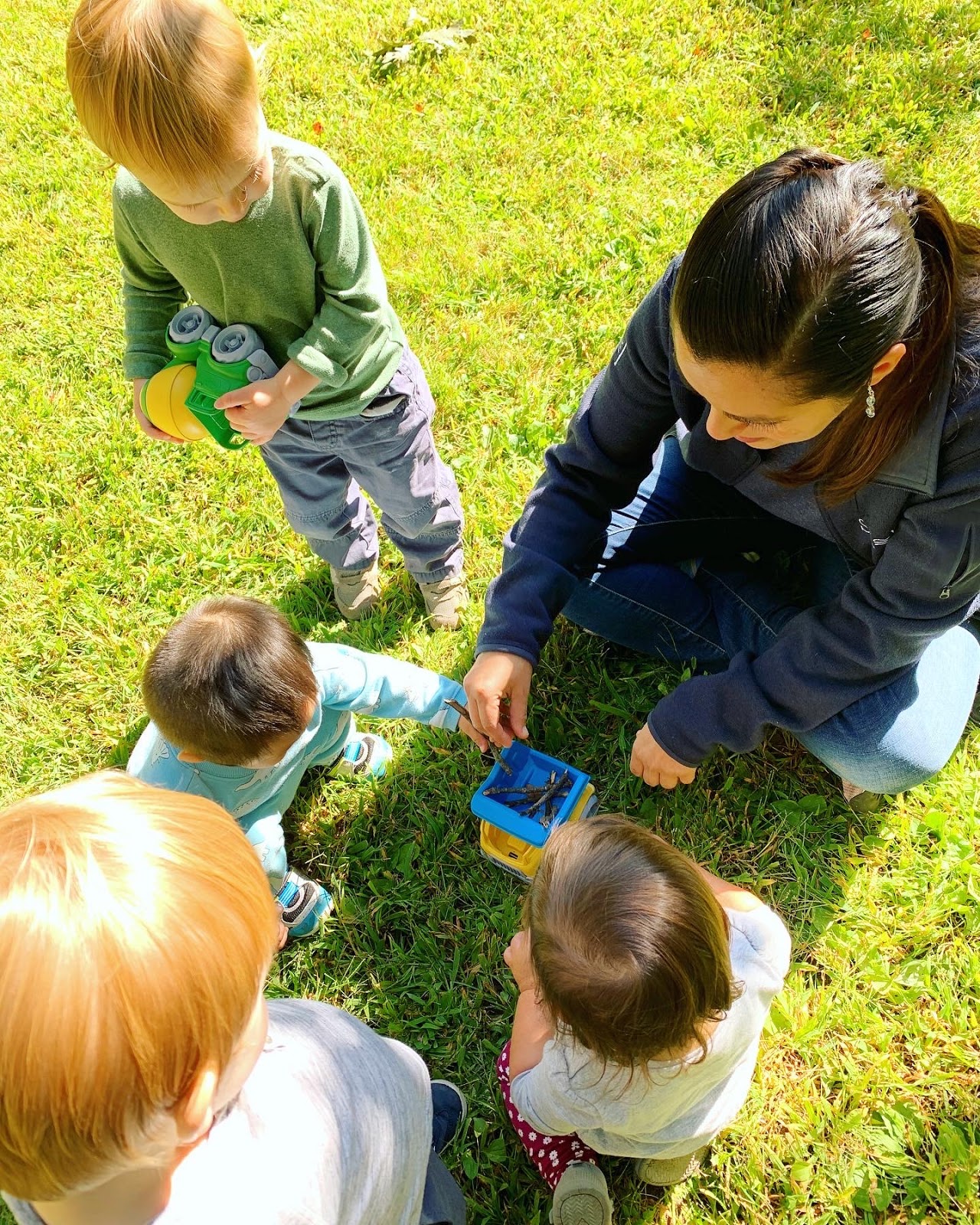Curiosity and creativity are powerful tools—forged through play and exploration, fortified with respectful relationships and a learning-rich environment.
Maria Montessori and Loris Malaguzzi, the brilliant powerhouse educators who respectively founded the Montessori method and Reggio Emilia approach, believed that humans are born with an innate sense of curiosity and wonder. We are born with a guiding force that wants to soak up everything around us, learn from our environment, and connect to our community.
We are led by an innate curiosity as our intrinsic motivator. How does a plant grow? Where does color come from? Why do we close our eyes when we sneeze? Can you hear the song in my heart?
Albert Einstein wrote, “It is the supreme art of the teacher to awaken joy in creative expression and knowledge.” Awakening joy is at the very heart of these educational philosophies—it recognizes that children are inquisitive and intelligent and should be collaborators in their education.
In both the Montessori method and the Reggio Emilia approach, it is believed that joyful learning is deep learning. Children who are encouraged to explore and inquire will strengthen their motivation to acquire new knowledge. The teacher does not bestow pre-packaged information unto a child, who waits silently at a desk — memorizing math facts and regurgitating prescribed answers. Instead, educators carefully prepare environments that spark wonder and cultivate curiosity. Students are explorers, creators, scientists, and collaborators. Educators are mentors who help young learners navigate the learning-rich environment to ultimately figure out why 2+2=4.
And this is the difference.
Young humans are not simply chirping a simple memorized math fact in unison. The process of discovery aligns with the product. Here, the child is a citizen who delights in the responsibility of her learning, and she is treated with respect and dignity by the guiding educator.
Written by: Beau Kenyon

Smelling, touching, hearing, and observing during our cloud project. SolBe Learning. Chestnut Hill, MA Photo Credit: Abby Saul.

Outdoor play provides a setting for children to discover the organic wonders of nature. SolBe Learning. Chestnut Hill, MA Photo Credit: Tatiana Melendres.

